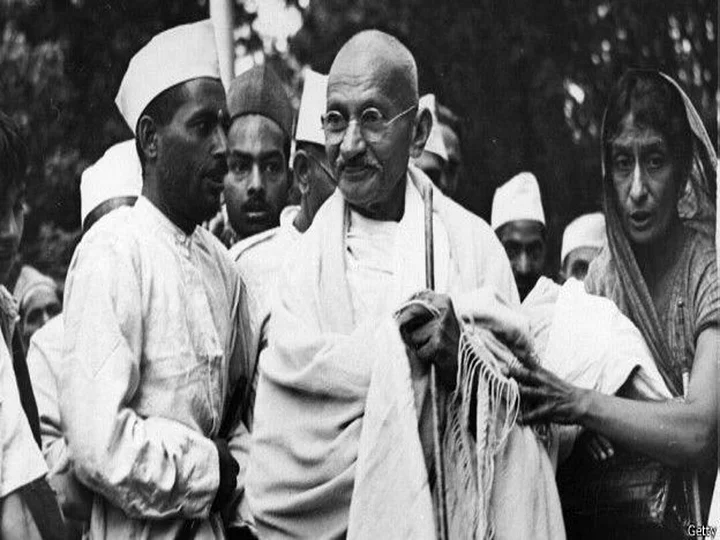The resolution of the Quit India movement was passed on 8 August 1942 at the Mumbai session of the AICC. The Bharat Chhodo Andolan, popularly known as the Quit India movement, had begun on 8 August 1942. The All India Congress Committee under the leadership of Mahatma Gandhi had come to a decision to launch the movement at the Bombay session.
It was during this time that Mahatma Gandhi came up with the famous slogan ‘Do or die’. Although the movement was suppressed by 1944, it played an important role in uniting the common people across the country against British rule.
Quit India Movement Day 2022: History & Significance
The resolution of the Quit India movement was passed at the Mumbai session, following the failure of the Cripps Mission. Based on this resolution, the Bharat Chhodo Andolan marked the beginning of a large-scale non-violent mass struggle for the country’s independence.
Mahatma Gandhi said, “There is a mantra, a short one that I give you. You imprint it in your heart and let every breath of yours give an expression to it. The mantra is do or die. We shall either be free or die in the attempt." The slogans “Quit India" and “Do or Die" became battle cries for the freedom fighters during the Quit India movement.
However, the movement didn’t work out as it was expected to due to the sudden arrest of most of the Congress leaders in the early hours of 9 August. They were lodged in prisons in different parts of the country and the congress party was banned.
Lack of leadership, suppression by the British authorities, poor coordination, and the lack of a clear plan of action marred the August Movement. Though it was successful in its goal of uniting the Indian masses.
Quit India Movement 2022: Interesting Facts
During the movement, there were hartals and processions throughout the country. The British government had unleashed its terror, with firings, lathi charges, and arrests.
Protestors engaged in violence and attacked government buildings, damaged railway lines, and disrupted postal and telegraph services.
There were a number of clashes with the police. The British government prohibited the publication of any news about the movement.
Approximately 60,000 people were imprisoned and hundreds had died by the end of 1942.
Revolutionary activities led by Jai Prakash Narayan, Aruna Asaf Ali, SM Joshi, Ram Manohar Lohia, and others lasted for the entire duration of the second world war.
Apart from the misery caused by the British authorities, there was a terrible food crisis in Bengal that was the cause of death of approximately 30 lakh people.
After all this, when Gandhiji was released from prison in 1944, he went on a 21-day fast. Fortunately, by the end of WW II, Britain’s position has drastically changed, making it impossible for them to rule over India.
(At The Quint, we question everything. Play an active role in shaping our journalism by becoming a member today.)
